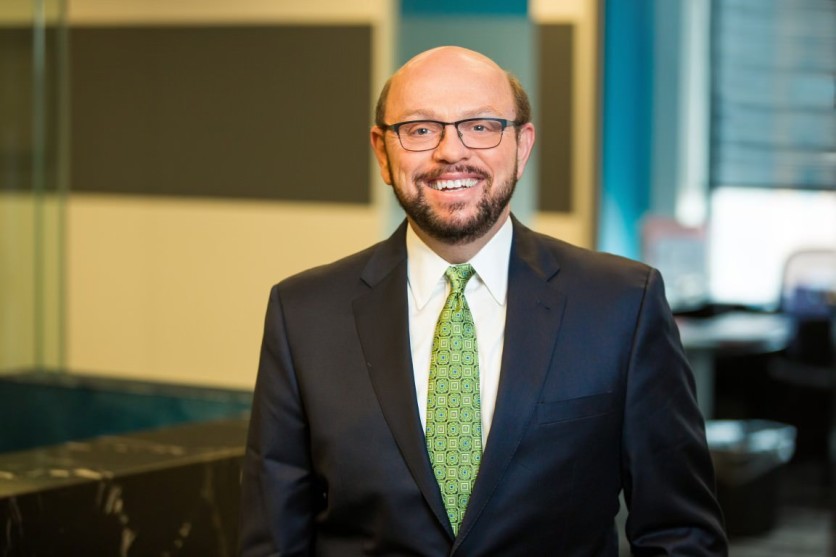
In healthcare settings, the patient-doctor interaction is the cornerstone of effective care, shaping both diagnoses and treatment pathways. However, the escalating administrative burden associated with Electronic Health Record (EHR) clinical documentation risks diluting these critical exchanges, shifting focus away from the patient experience. This growing tension between communication and compliance raises an important question: can technology preserve the integrity of patient care while alleviating documentation demands? Onpoint Healthcare Partners presents a compelling approach to rebalancing this equation.

At the core of their solution is a technology known as natural language processing (NLP), embedded in an ambient listening system designed to capture clinical interactions in real time. Onpoint's system listens unobtrusively, parsing and converting dialogue into structured medical notes with precision and context. "Clinical care improves when clinicians focus on patients, not the documentation process," says Jim Boswell, CEO of Onpoint. The technology does much more than transcription, it understands the nuances of medical conversations, sorting critical details such as symptoms, diagnoses, and treatment plans.
Unlike traditional dictation software, which requires significant manual correction, Onpoint's NLP engine identifies context-specific language that could easily be misinterpreted by simpler systems. For example, a phrase like "we'll discharge tomorrow" is recognized as a clinical directive, not a passing remark. This capacity to differentiate and interpret intent addresses one of the most time-consuming pain points in healthcare: the creation of accurate, complete documentation that integrates seamlessly into EHRs.
Documentation is the backbone of care continuity, guiding follow-ups, billing, and compliance. Yet, studies show that clinicians spend nearly half their day entering data, a process that diminishes face-to-face interactions and contributes to burnout. Onpoint's approach aims to restore the primacy of the patient-clinician relationship by shifting the documentation load onto an intelligent, adaptive system. Boswell, who spent years as a healthcare administrator, emphasizes the significance of this shift: "We approach technology from the standpoint of taking care of patients, not simply as product development."
The adaptive nature of the system is key to its effectiveness. By continually learning from the clinicians who use it, the technology refines its ability to capture relevant information and disregard conversational noise. The goal is not only to capture more data but to capture the right data, details that are actionable and meaningful. This includes identifying subtle patterns that could otherwise go unnoticed, such as mentions of recurring symptoms or delays in test follow-ups.
One of Onpoint's more understated achievements is its ability to support a diverse range of medical specialties. Whether used in ambulatory general practice, to address risk adjustment coding, or to assist in acute care settings, the system adapts to the needs of the provider. The same NLP engine that captures a pediatrician's routine check-up can also process a surgeon's post-operative debrief. This versatility allows for broader adoption without extensive customization, a rare feat in healthcare technology where "one size fits all" rarely holds true.
Perhaps most significant is how the system fits seamlessly into clinical workflows. Ambient listening operates unobtrusively in the background, requiring minimal interaction during patient encounters. After the visit, the system presents a structured summary that clinicians can review and approve with minimal effort, in less than 90 seconds on average across all use cases.
Onpoint's vision for the future extends beyond documentation alone. With further advancements, the same NLP framework could assist in proactive care management, identifying trends in population health or highlighting deviations in clinical protocols. In this way, ambient listening could become not just a tool for documentation but a cornerstone of more predictive, responsive care.
As Boswell succinctly puts it, "Doctors leave the room, but the system stays alert." In an industry where time is often the most precious resource, that distinction may prove invaluable.
At its best, technology in healthcare should be invisible, powerful, and reliable but never intrusive. Onpoint's NLP-powered ambient listening strives for precisely that balance, embedding itself seamlessly into the cadence of clinical care. The conversation continues. The system listens. And for clinicians and patients alike, that may make all the difference.
ⓒ 2025 TECHTIMES.com All rights reserved. Do not reproduce without permission.





